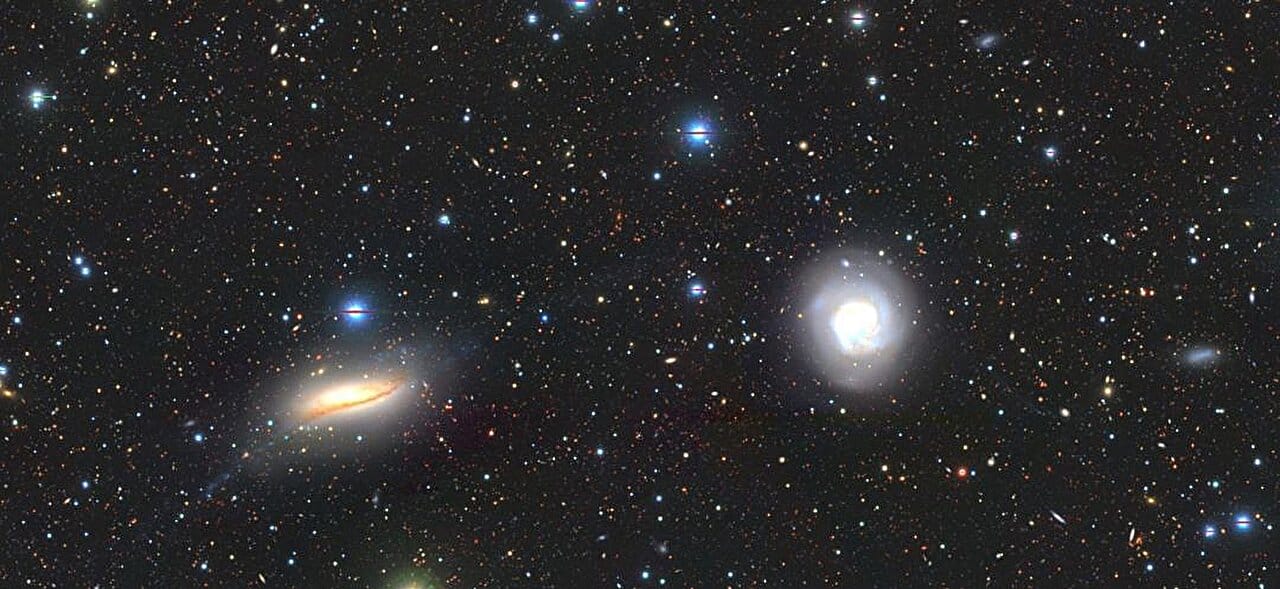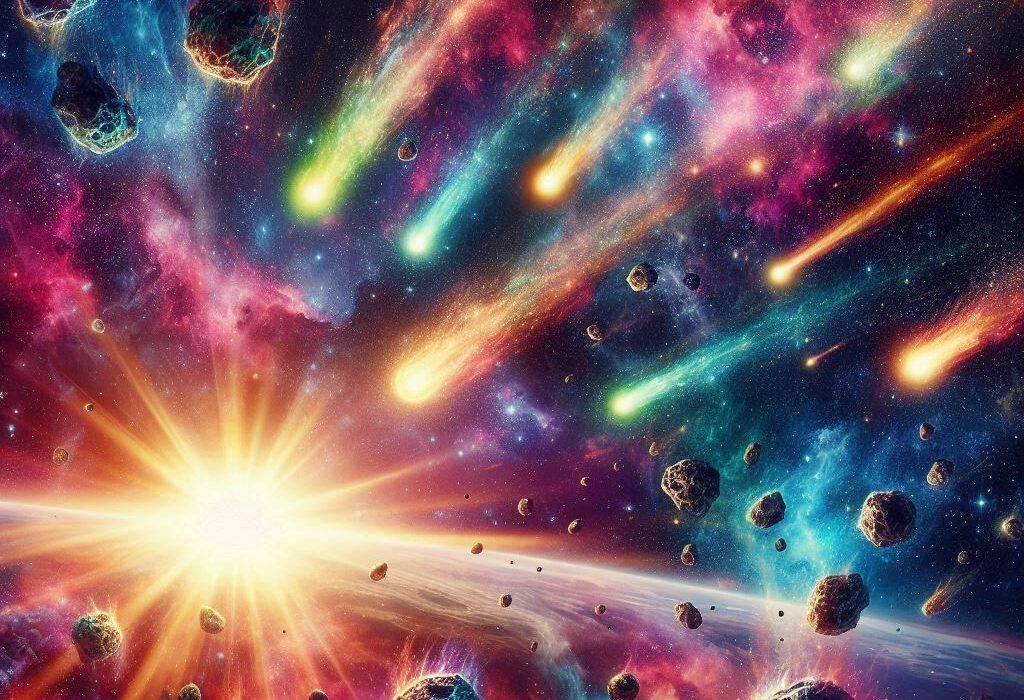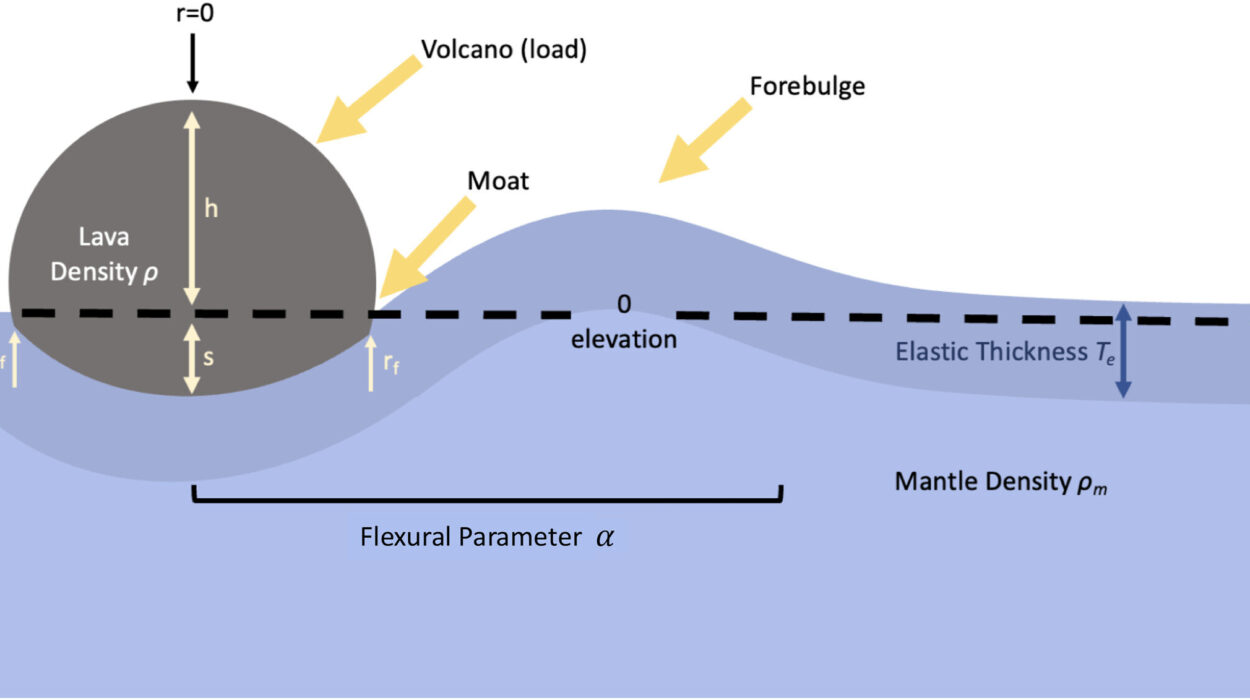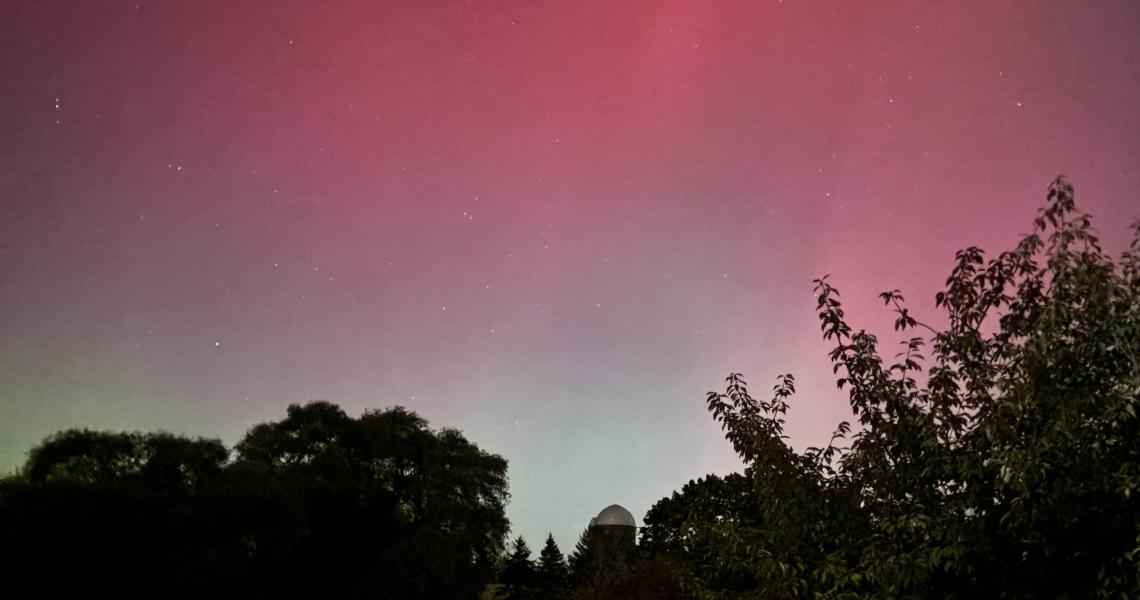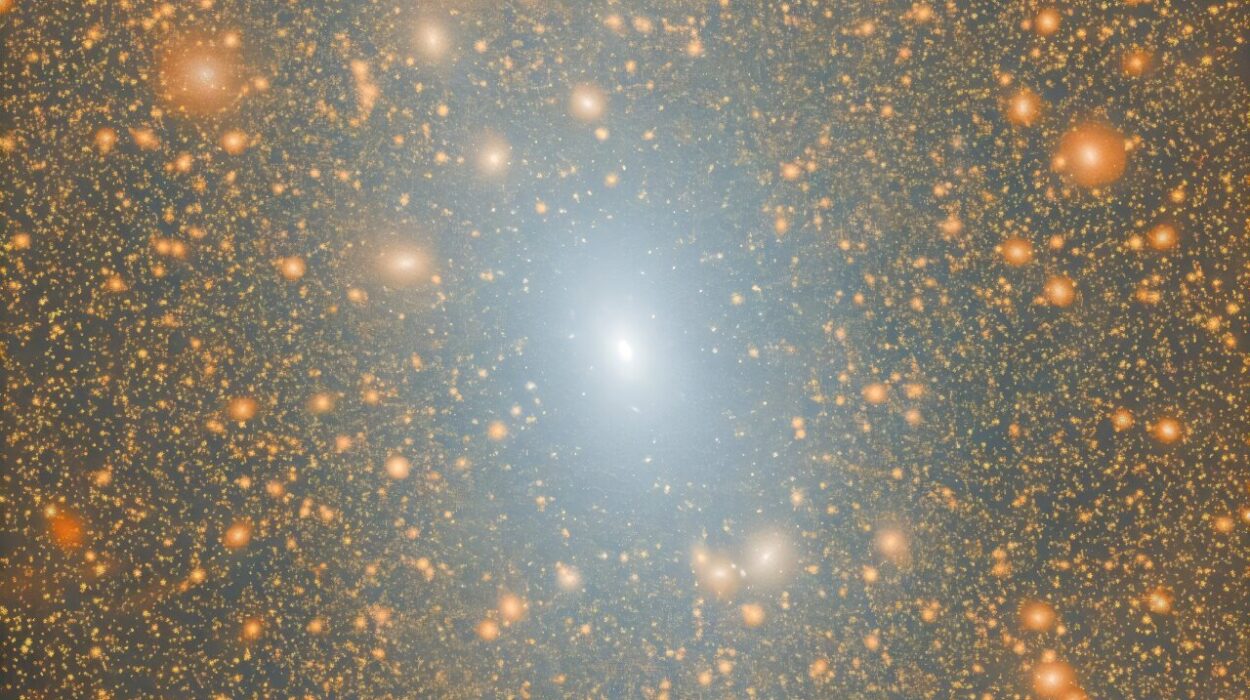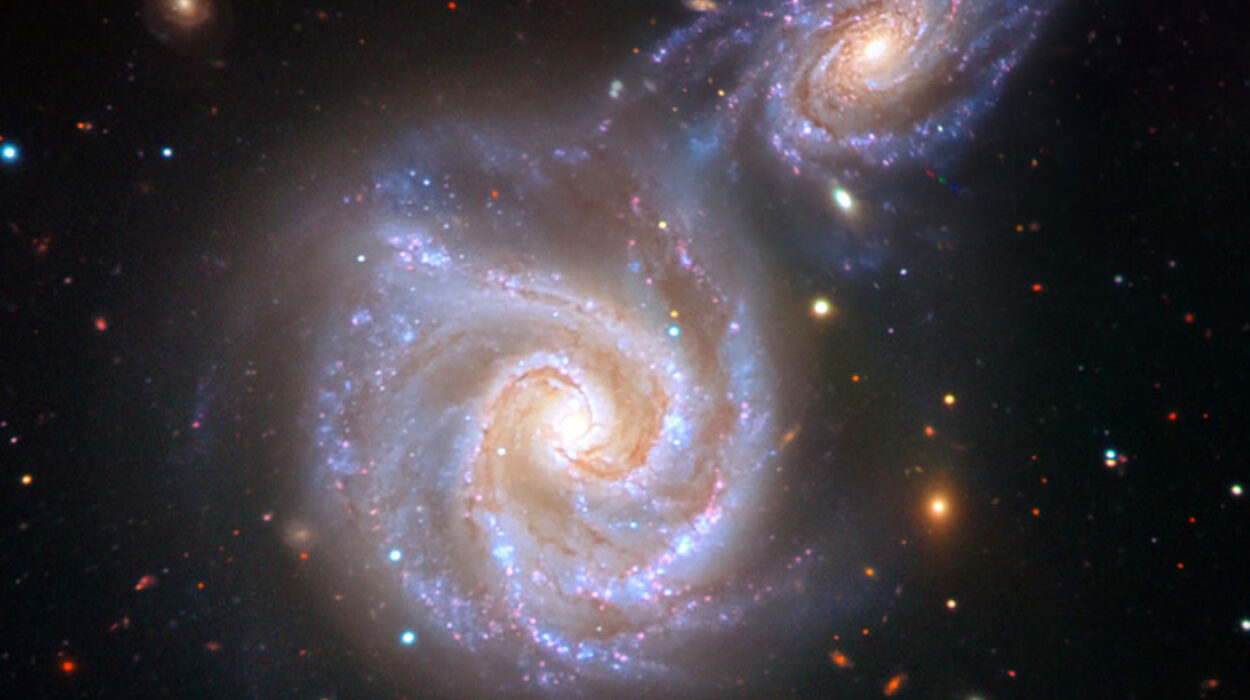It may be hard to imagine, but our Milky Way is not a static, eternal structure. It is moving — slowly but inevitably — toward a spectacular cosmic encounter. In about 2.5 billion years, the Milky Way will merge with its massive neighbor, the Andromeda galaxy. Together, these two giants, along with their entourages of smaller dwarf galaxies, will combine in a gravitational embrace that will reshape the skies.
Now, an international team of astronomers led by Dr. Sarah Sweet from the University of Queensland’s School of Mathematics and Physics has found that this kind of galactic “dance” is not only possible — it may be a natural stage in galaxy evolution. Their findings, published in the Monthly Notices of the Royal Astronomical Society, offer a vivid preview of our own galaxy’s distant future.
Studying a Future Version of the Milky Way
The team’s work is part of the Delegate Survey, a collaboration between the University of Queensland, the Australian National University’s Research School of Astronomy and Astrophysics, and other research institutions. The goal: to see if the Milky Way’s fate is typical of galaxies across the universe, or if our home system is an oddball.
To do this, researchers looked beyond our own Local Group to two spiral galaxies — NGC 5713 and NGC 5719 — located about 130 million light-years away. These galaxies are already deep into a merger process, roughly 3 billion years ahead of where the Milky Way and Andromeda are today. Around them orbit several dwarf galaxies, tracing graceful, coherent patterns that hint at the gravitational choreography shaping the system.
“It’s like watching a couple waltz on a cosmic dance floor,” Dr. Sweet said. “Without the merger, the smaller galaxies might just drift in a messy cloud. But here, the interaction draws them into beautiful, organized planes — the same kind of arrangement we see around the Milky Way and Andromeda.”
Why This Matters for the Big Picture
While the image of galaxies pirouetting through space is captivating, the science behind it has profound implications. By comparing these faraway systems to our own, astronomers hope to answer a fundamental question: Is our Local Group of galaxies a ‘poster child’ for cosmic structure, or a rare exception?
Professor Helmut Jerjen from ANU, a co-lead of the research, emphasizes the stakes. “If the Milky Way and Andromeda’s arrangement is unusual, then our current theories about galaxy evolution might be biased,” he said. “That could explain why some of the best cosmological computer simulations don’t match what we actually see.”
One of the key tensions in astronomy today lies in the placement of dwarf galaxies. Simulations predict they should be scattered in all directions around their host galaxies. But in reality, many dwarfs — including those around the Milky Way — are aligned in narrow, rotating planes. The newly studied NGC 5713–NGC 5719 system shows a similar pattern, hinting that such alignments may be the natural outcome of galactic mergers.
A Glimpse Into Our Cosmic Future
If the Milky Way follows the same pattern as these “twin” galaxies, our distant descendants — should they still exist — might witness a breathtaking night sky. The great spiral of Andromeda will grow larger over millions of years, eventually filling the heavens. Then, in a slow, elegant collision lasting hundreds of millions of years, the two galaxies will blend, their stars mixing into vast arcs and streams. The smaller dwarfs will whirl around them like satellites caught in the gravitational wake.
But there’s no cause for alarm. While galaxy mergers sound violent, the vast distances between stars mean direct collisions between them are rare. Our solar system would likely sail through the process unharmed, though the constellations would be utterly transformed.
Understanding Our Place in the Universe
Beyond the poetic imagery, this research serves as a reminder that our galaxy’s story is just one chapter in a much larger cosmic narrative. Galactic mergers are not accidents; they are part of the slow, grand evolution of the universe.
“Understanding our galaxy’s future isn’t just about prediction — it’s about perspective,” Dr. Sweet said. “It connects us to a bigger picture, one that unfolds over billions of years and stretches across the vast expanse of space.”
The Delegate Survey will continue to study other merging systems, building a statistical picture of how common these cosmic dances are. Each observation helps refine our models of galaxy formation, the role of dark matter in shaping structure, and the hidden patterns that link the smallest star clusters to the largest cosmic webs.
And perhaps most importantly, it reminds us that while human history spans mere thousands of years, the Milky Way’s story — and the universe’s — is written on a canvas of unimaginable time. In that slow, beautiful dance, we are just now beginning to understand the steps.
More information: Helmut Jerjen et al, The coherent satellite velocity field around the interacting spiral galaxy pair NGC5713/19: signature of two galaxy groups merging, Monthly Notices of the Royal Astronomical Society (2025). DOI: 10.1093/mnras/staf1235
